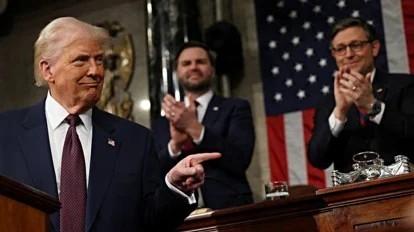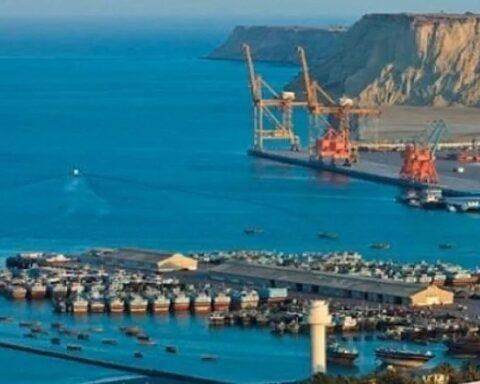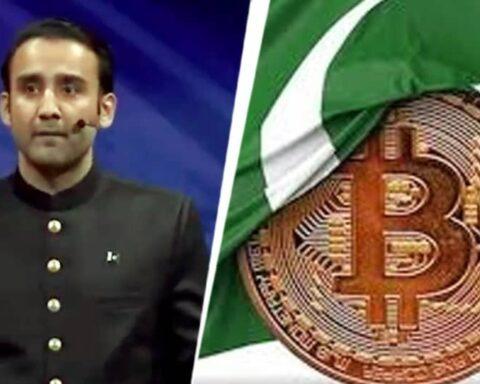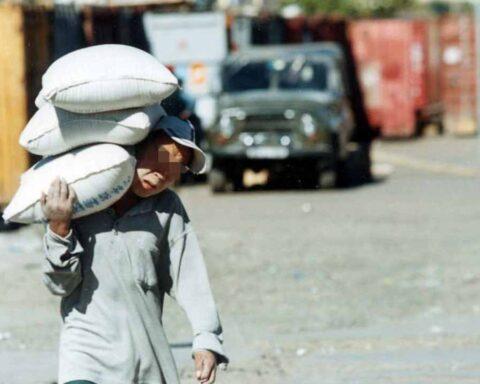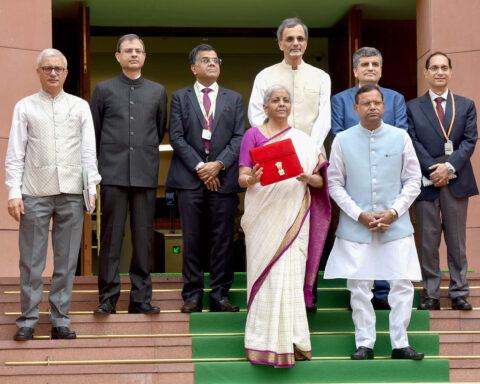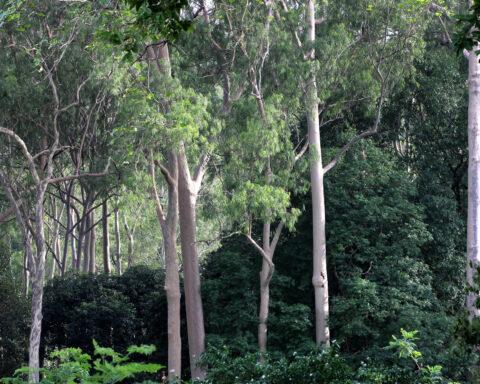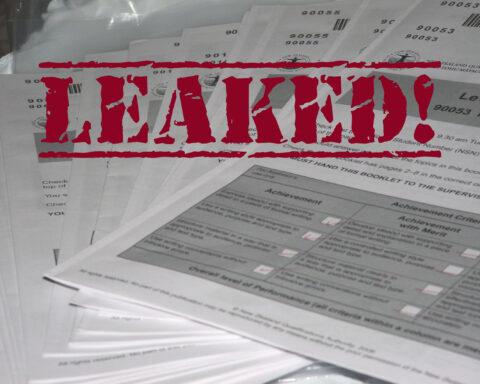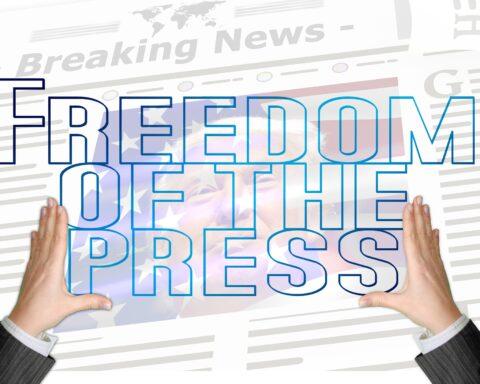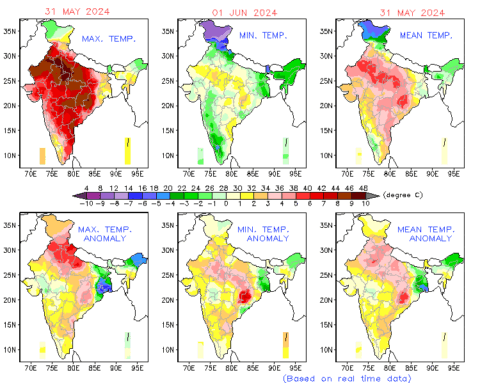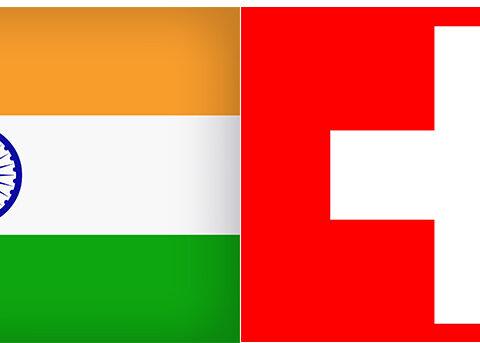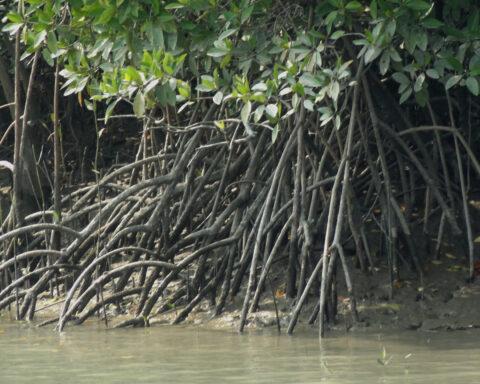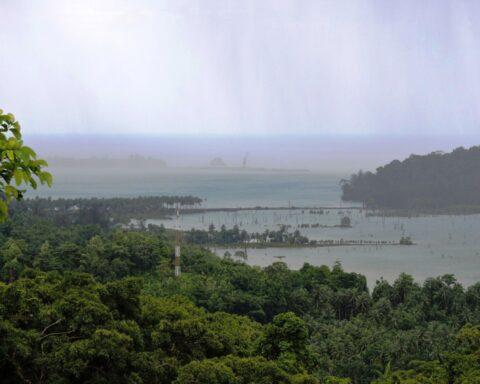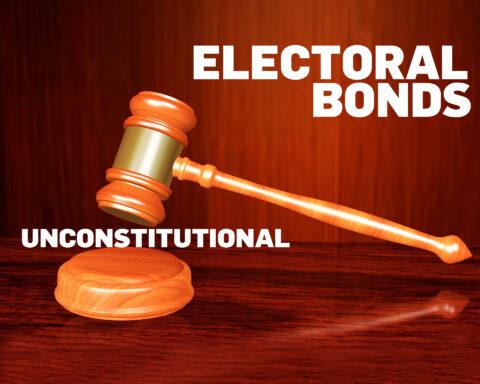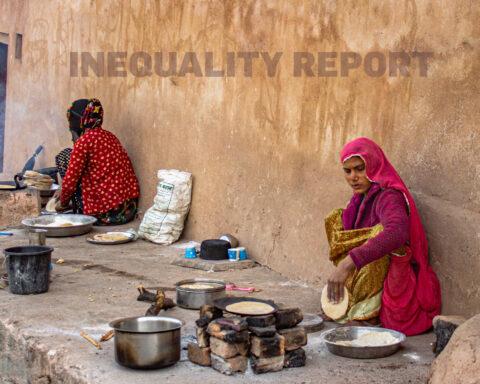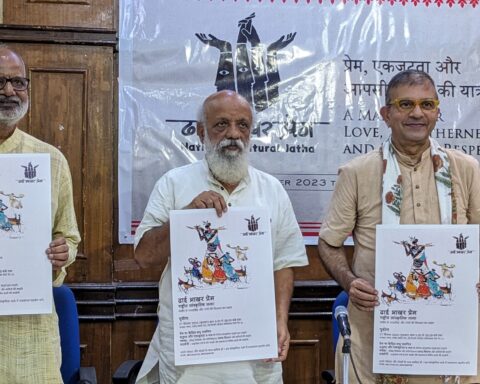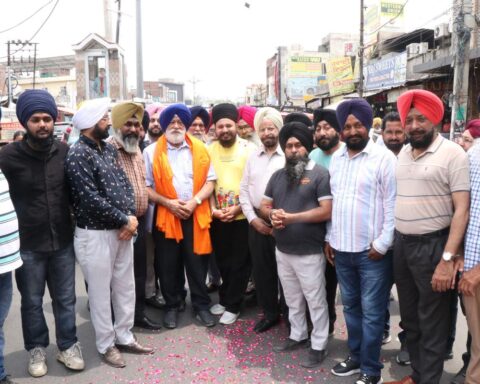On July 17, 2025, the United States State Department added The Resistance Front (TRF) to its list of Foreign Terrorist Organizations and Specially Designated Global Terrorists. For observers of South Asia’s insurgent landscape, this designation offered more confirmation than revelation.TRF has long operated as a front for the banned Lashkar-e-Taiba (LeT), a training platform for global terrorism and a long history of orchestrating violence in India’s Jammu and Kashmir region. The United States’ move, which came in the wake of the TRF’s initial claim of responsibility for the April 22 attack in Pahalgam that killed 26 civilians, underscores a persistent pattern: Pakistan’s strategic rebranding of militant groups to shield them from international scrutiny. Such obfuscation of terrorist entities is a routine thing for Pakistan. America’s designation comes under domestic laws including section 219 of the Immigration and Nationality Act and Executive Order 13224, respectively. The Department of State has also reviewed and maintained the FTO designation of LeT. However, even this latest designation is unlikely to make Pakistan budge from its position that the TRF is not an illegal organization. This analysis seeks to reveal details of funding to the TRF.
Pakistan’s Support for TRF; A Rebrand Recognized, But Not Deterred
Washington’s designation of TRF—alongside its acknowledgment of LeT’s continuing status as a foreign terrorist entity—sends a strong message. But it is unlikely to change Pakistan’s stance. In the days following the Pahalgam massacre, Pakistan’s Deputy Prime Minister Ishaq Dar publicly denied TRF’s involvement, dismissing international condemnation and refusing to recognize the group as illegal.

In April, soon after the Pahalgam incident, Pakistan’s Deputy PM Ishaq Dar rejected involvement of the TRF in the Pahalgam attack saying. ‘Alhamdulillah we are the non-permanent member of UNSC……we don’t consider TRF as illegal…show the evidence that TRF has carried out the Pahalgam attack or show the ownership of TRF… We won’t accept and you have to delete TRF from the press release.’ The reference at the end was to the UNSC statement on the attack.
This response was not surprising. For years, Islamabad has walked a tightrope between placating global pressure—particularly from the Financial Action Task Force (FATF)—and maintaining its long-standing proxy war strategy in Kashmir.
Successive governments in Pakistan have directly funded the LeT primarily through Inter-Services Intelligence (ISI) and in some cases civilian government funds. Due to direct funding of LeT and other terrorist entities, the LeT till recently did not obscure funds obtained openly from the Pakistan state. With the prosecution of Hafiz Saeed as well as mounting pressure from FATF for Pakistan to combat illicit terror financing, the LeT has taken steps to conceal the source and destination of funds it receives from various sources.
UN Report Links TRF to LeT in Pahalgam Attack- Shatter’s PAK Coverup
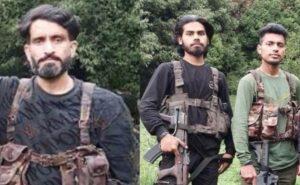
For the first time, The Resistance Front (TRF)—widely regarded as a proxy for the Lashkar-e-Taiba (LeT)—has been explicitly named in a United Nations Security Council (UNSC) report in connection with a major terrorist incident in India. The Monitoring Team’s recent findings mark a significant development in India’s efforts to spotlight Pakistan’s role in cross-border terrorism.
The report, citing an unnamed member state, states that the April 22 attack in Jammu and Kashmir’s Pahalgam region—which left 26 civilians dead—could not have occurred without LeT’s operational and logistical support. The assessment goes further, asserting a “relationship between the LeT and The Resistance Front,” effectively dismantling the façade of TRF as an independent or indigenous group.
LeT Continues to Operate in Kashmir Through a New Alias
This international acknowledgment by UNSC strengthens New Delhi’s long-standing position: that Pakistan continues to sponsor and shield terrorist groups by allowing them to rebrand under new names while continuing their violent agenda.
TRF has postured as an indigenous, secular resistance outfit—a convenient fiction, carefully curated by Pakistan’s ISI. In reality, it functions as a repackaged avatar of LeT, created to obscure direct state sponsorship of terrorism and to manipulate global narratives of terror.
TRF Links with Other Terrorist Groups
Investigations by India’s National Investigation Agency (NIA) reveal that TRF is linked not just to LeT, but to other terrorist outfits such as Jaish-e-Mohammed (JeM), Hizbul Mujahideen (HM) and the People’s Anti-Fascist Front (PAFF). Notably, both the JeM and LeT are members of the 16-member United Jihad Council (UJC). The sole objective of UJC is to escalate Jihad. The ISI is a major financer of the UJC, albeit funds are also collected from donors in Punjab and Pakistan occupied Jammu and Kashmir.
Following the Money
The TRF’s funding channels mirror those of its parent organization. TRF is a LeT proxy, therefore, it stands to reason that it gets funds through the same channels as the LeT.
LeT has long been bankrolled by the ISI and a web of donors across the Gulf and within Pakistan. Donation boxes openly soliciting funds for “charitable” causes often double as collection points for militant activities. Organizations like Jamaat-ud-Dawa, under the guise of social work, serve as critical fundraising fronts.
These funds fuel both terror operations—estimated at $4.5 million annually—and efforts to buy legitimacy through religious and social services: madrassas, medical clinics, and disaster relief programs. In turn, this dual identity allows LeT and its proxies to operate with both grassroots support and a veil of deniability.
Notable among TRF’s operatives is Sheikh Sajjad Gul, a former LeT cadre involved in a 2002 hawala racket and the killing of journalist Shujaat Bukhari. Today, figures like Gul continue to exploit informal finance networks to channel funds into the Kashmir Valley.
The LeT itself as an organization has been funded through the hawala by Dawood Ibrahim.
More recently, the NIA began an investigation into the activities of a Handwara resident, identified as Shafat Wani, who was receiving funds from TRF leaders from across the border, which he used to fund terrorist logistics. The funds from across the border may have been sent via the hawala network or via couriers who regularly cross the LoC.
A Network Hidden in Plain Sight
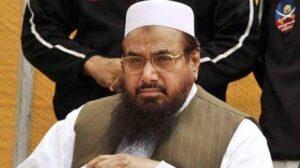
Behind TRF’s emergence is a financial network that has grown increasingly sophisticated. With FATF scrutiny intensifying and LeT founder Hafiz Saeed facing legal challenges, the group has shifted from overt channels of state support to covert systems, most notably hawala and informal cash couriers. The TRF is the new front of LeT and is exploiting the same network to the fullest.
Lashkar-e-Taiba’s Financial Lifeline: The Hawala Network
Lashkar-e-Taiba has long relied on the informal hawala system (informal money transfer system that enables the movement of funds across regions without the physical transfer of money), and a network of cash couriers to discreetly transfer funds across Pakistan and into South Asia, effectively sidestepping formal banking scrutiny.

For example, a 1997 FIR against separatist Syed Ali Shah Geelani alleges that he received Rs 190 million from Saudi Arabia and another Rs 100 million from the Kashmir American Council. All these funds were routed through a Delhi-based hawala operative. In August 2022, the Delhi Police along with J&K Police arrested Mohammed Yaseen, a hawala operator who provided funds to LeT and al-Badr operatives in Jammu & Kashmir. Yaseen, a garment trader, worked as a conduit for hawala money. He would collect funds received from overseas and further delivered the same to terror operatives in J&K. Yaseen revealed during interrogation, that hawala money was being sent to Surat and Mumbai through South Africa. He also revealed (2022) that he had received Rs 24 lakh sent via Hawala from South Africa, out of which Rs 17 lakh was transferred through two different couriers to operatives in J&K. Another person named Abdul Hamid Mir who was also arrested, was given Rs 10 lakh by Yaseen. The remaining Rs 7 lakh was recovered from Yaseen’s house during search.
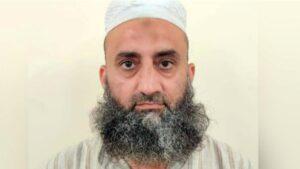
The LeT leverages the travel of Islamic preachers to raise, collect, and move funds. Another method used is to provide bank account numbers on their website for ‘charitable donation’ purposes. The LeT also exploits financial institutions to move money into Pakistani banks. The group stores wealth in both cash and in banks, making it easy for LeT leaders to access resources in a legitimate manner.
A Sinister Shift: TRF Hires Killers Funded Through Hawala
Since 2021, a disturbing trend has emerged in Kashmir: TRF has increasingly used hawala transactions to finance contract killings—hiring local gunmen to carry out targeted assassinations in exchange for cash. This makes it easier for terrorist groups to deny involvement in any such act. Further, locals or OGWs involved in such actions can easily merge into the crowd after carrying out such attacks. This increases the level of the threat on the ground.
The Broader Implications
The LeT’s financial ecosystem is adaptable, resilient, and global. From Islamic preachers raising money abroad to website-linked donation drives, the group continues to exploit legal gray zones and weak regulatory regimes. It is a strategy not just for survival, but for expansion.
TRF’s emergence and endurance are testaments to the effectiveness of this model. Under the guise of local resistance, it continues to perpetrate violence while masking its origins. The international community may recognize the façade, but without coordinated financial crackdowns and a reassessment of Pakistan’s duplicity, the cycle will continue.
LeT, through TRF and its ilk, is not merely fighting a ground war in Kashmir—it is waging a global war of perception. And in many ways, the camouflage is working.





